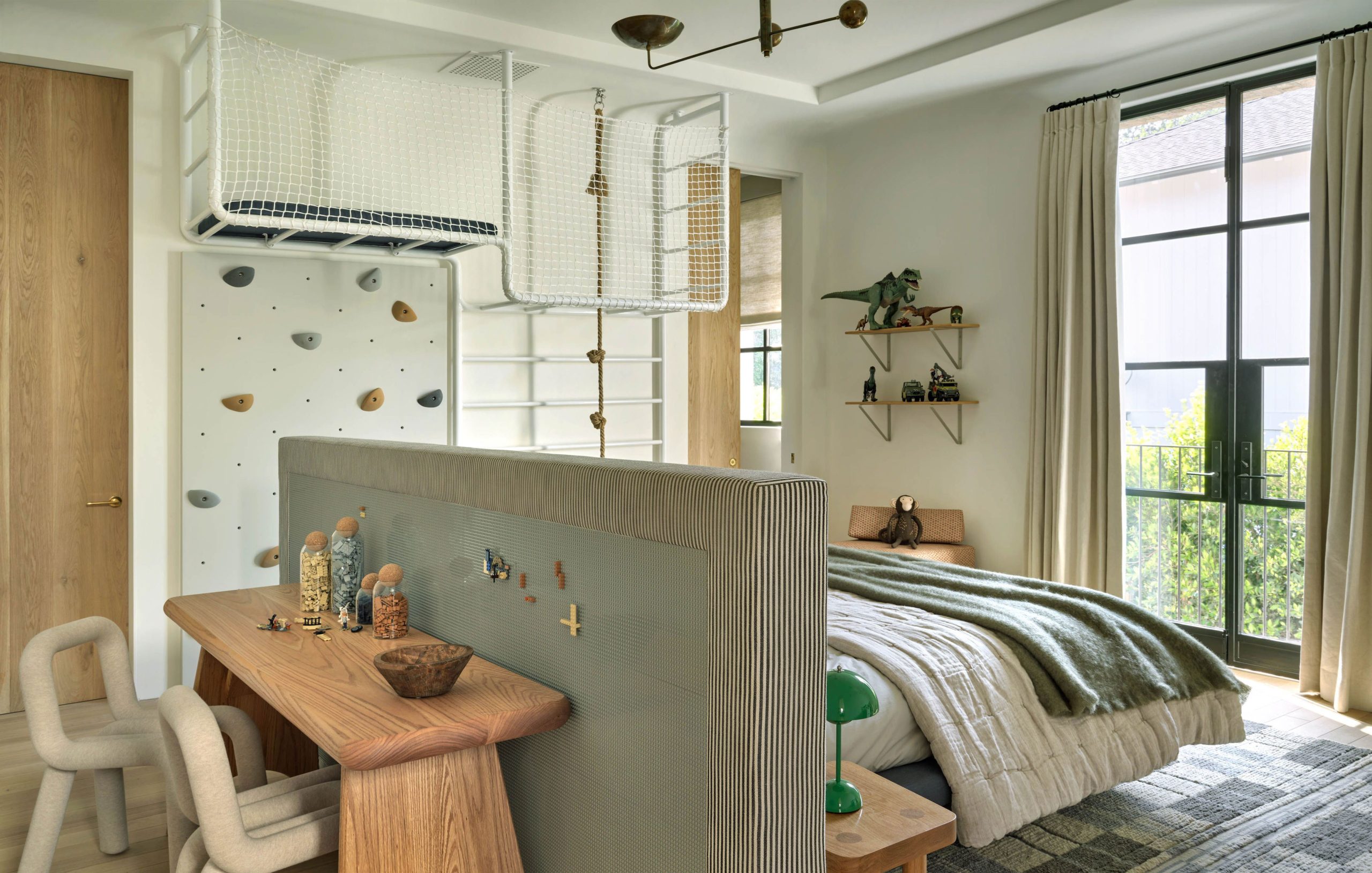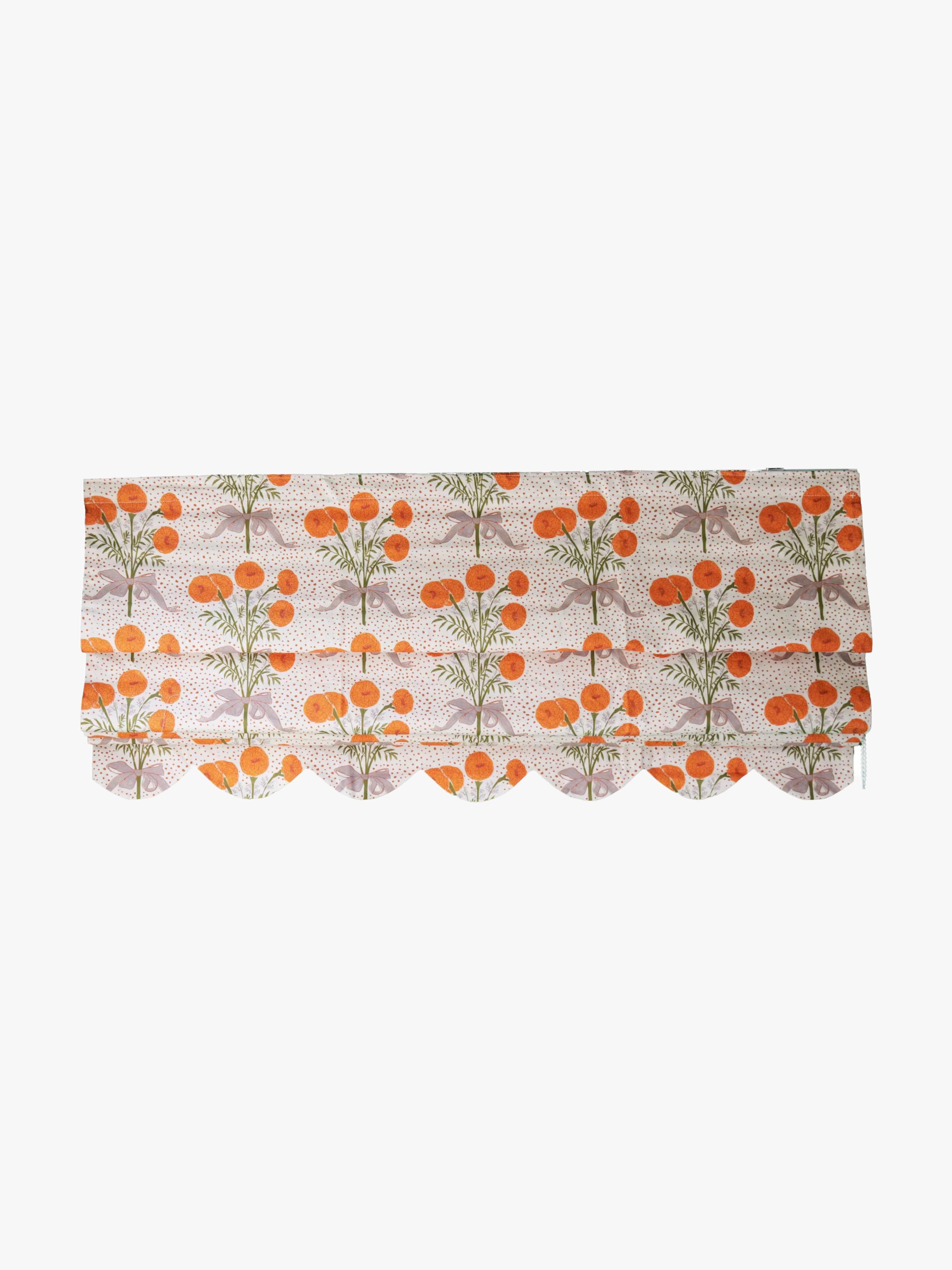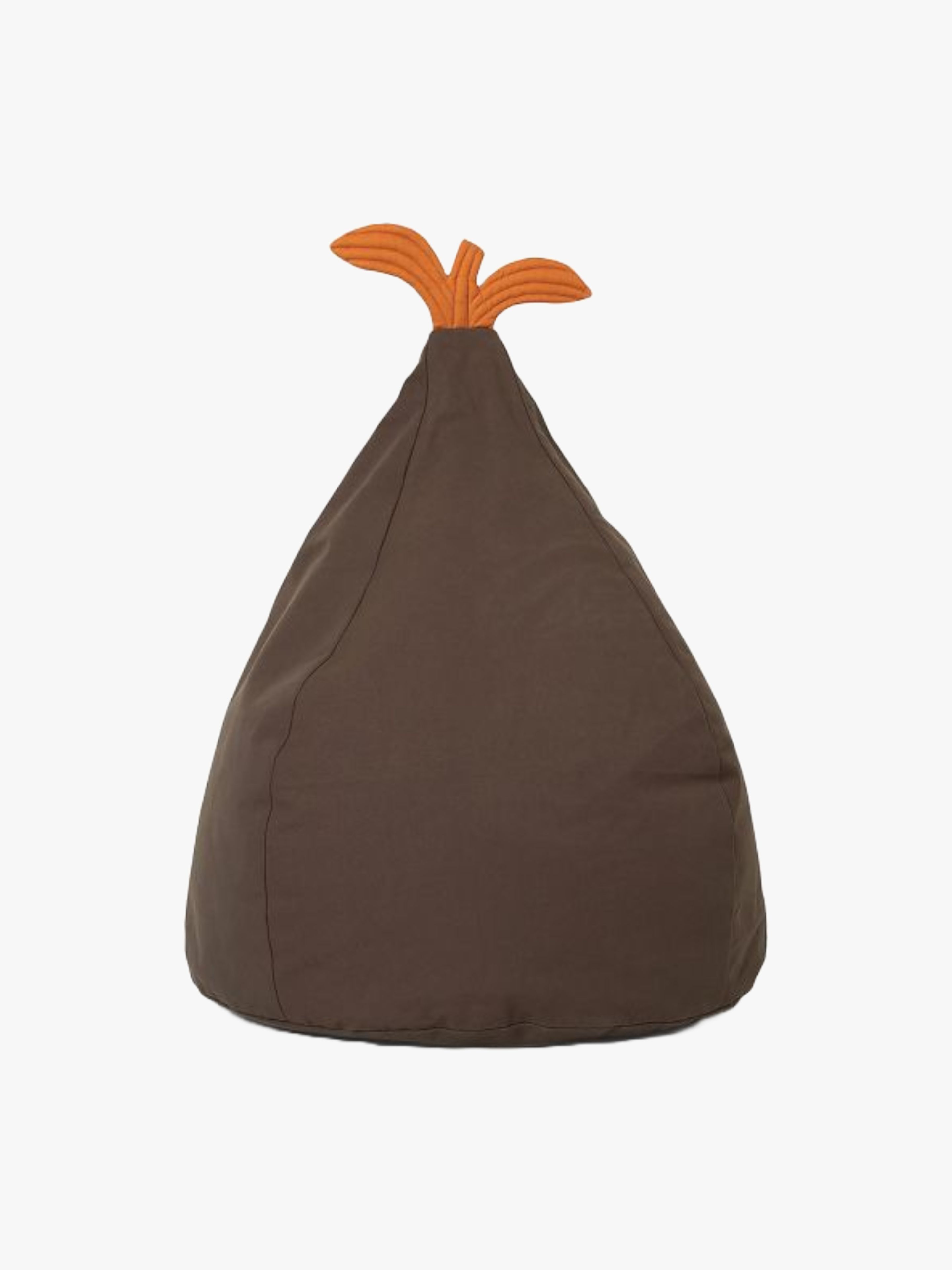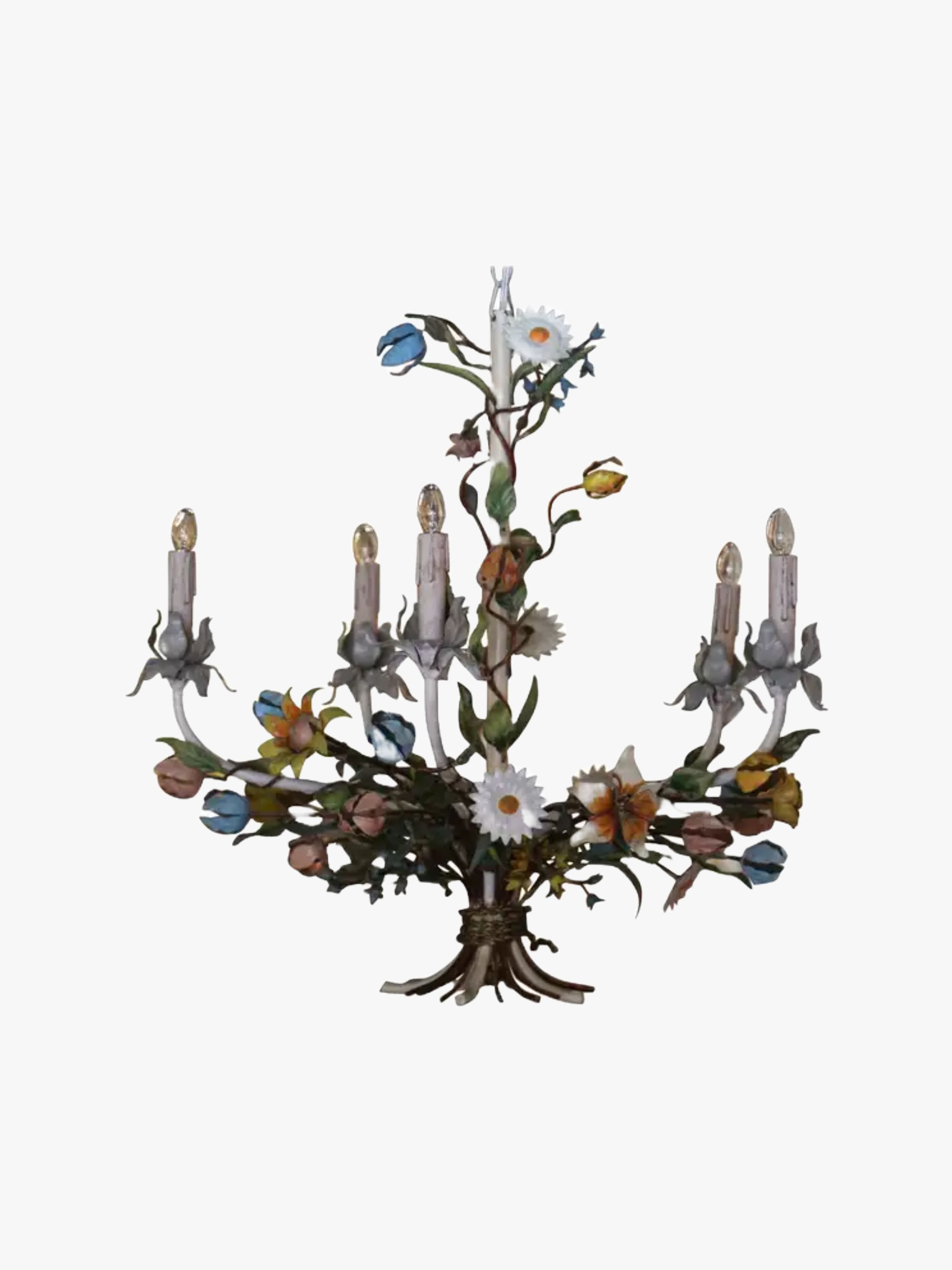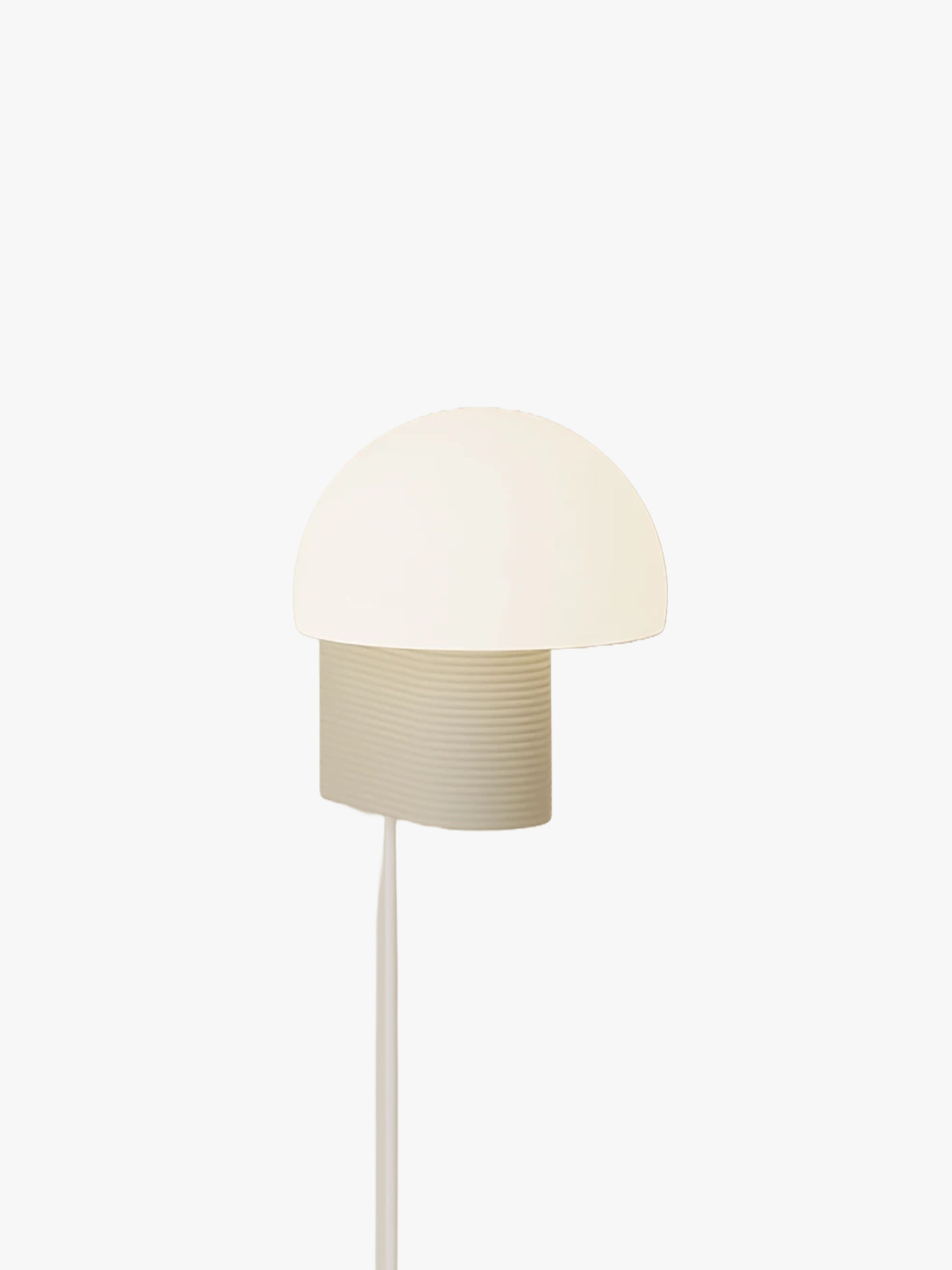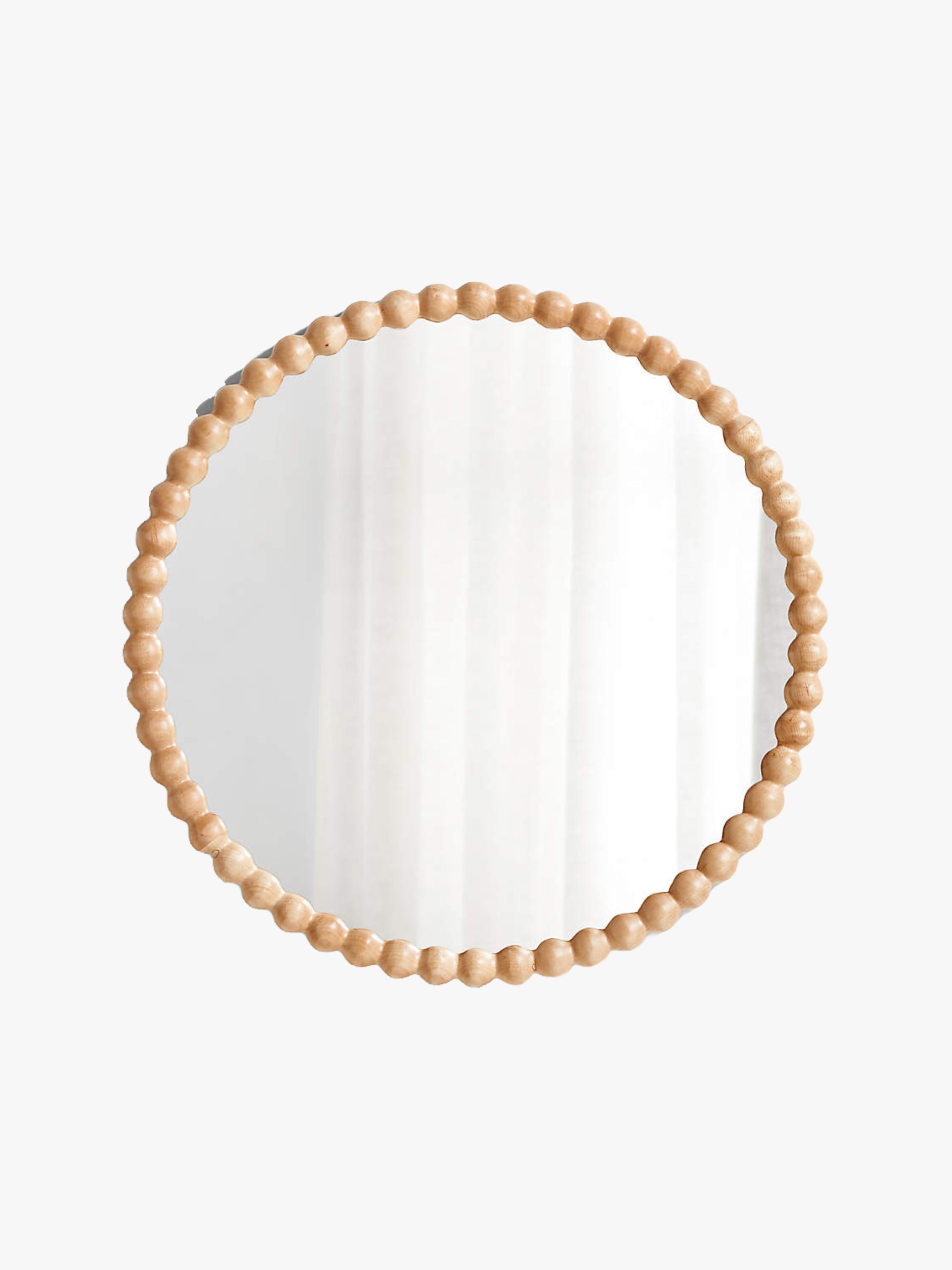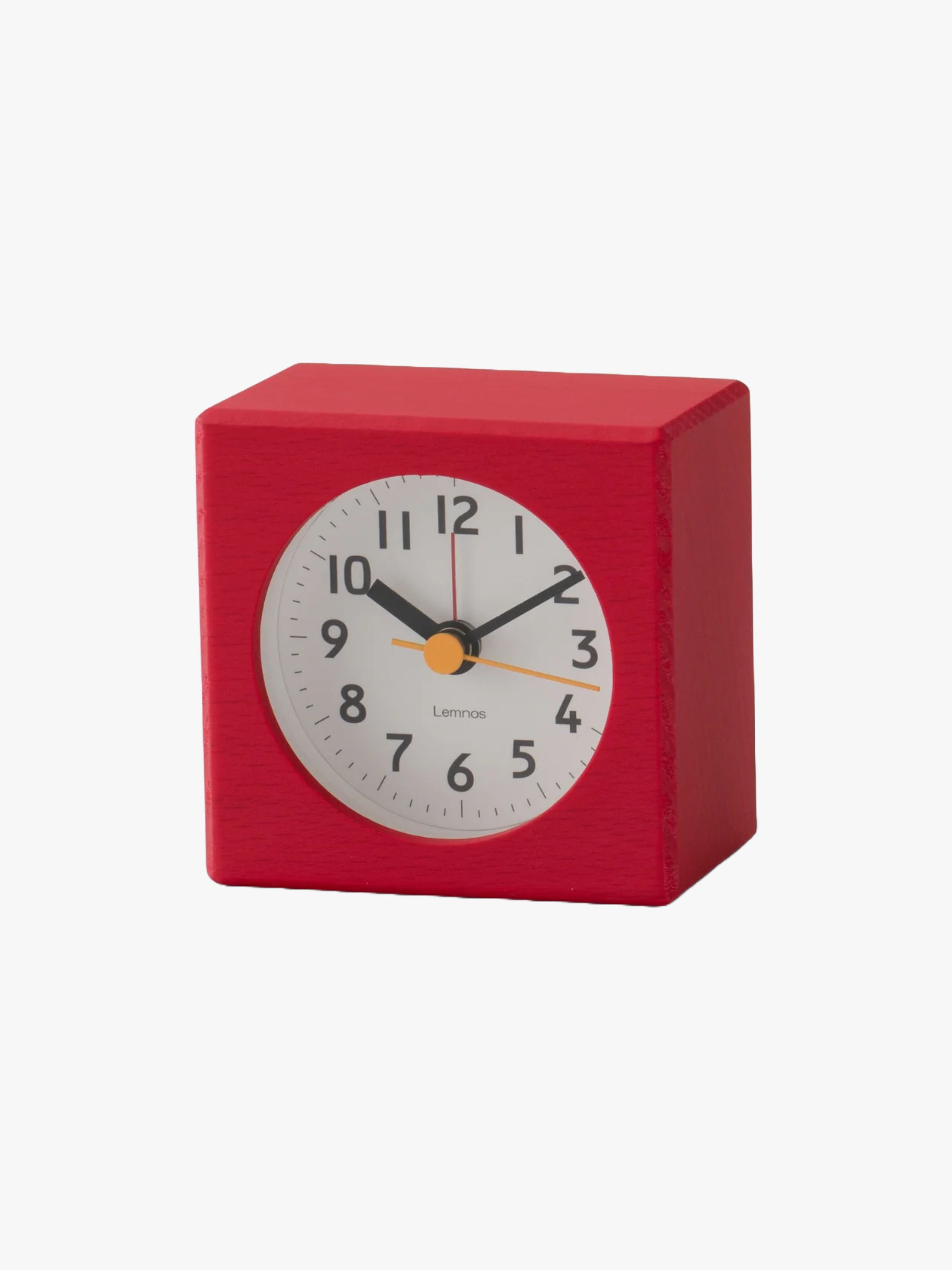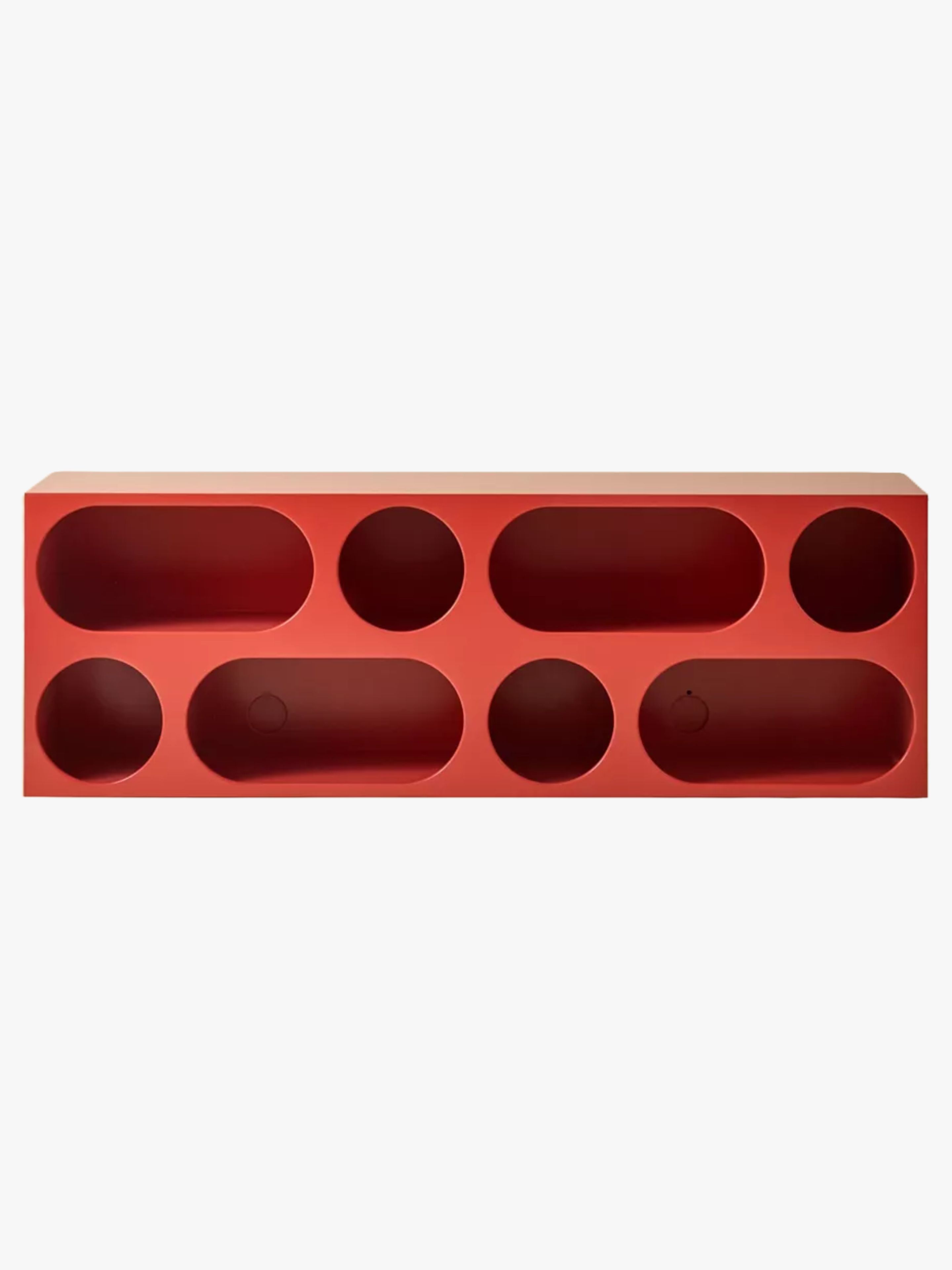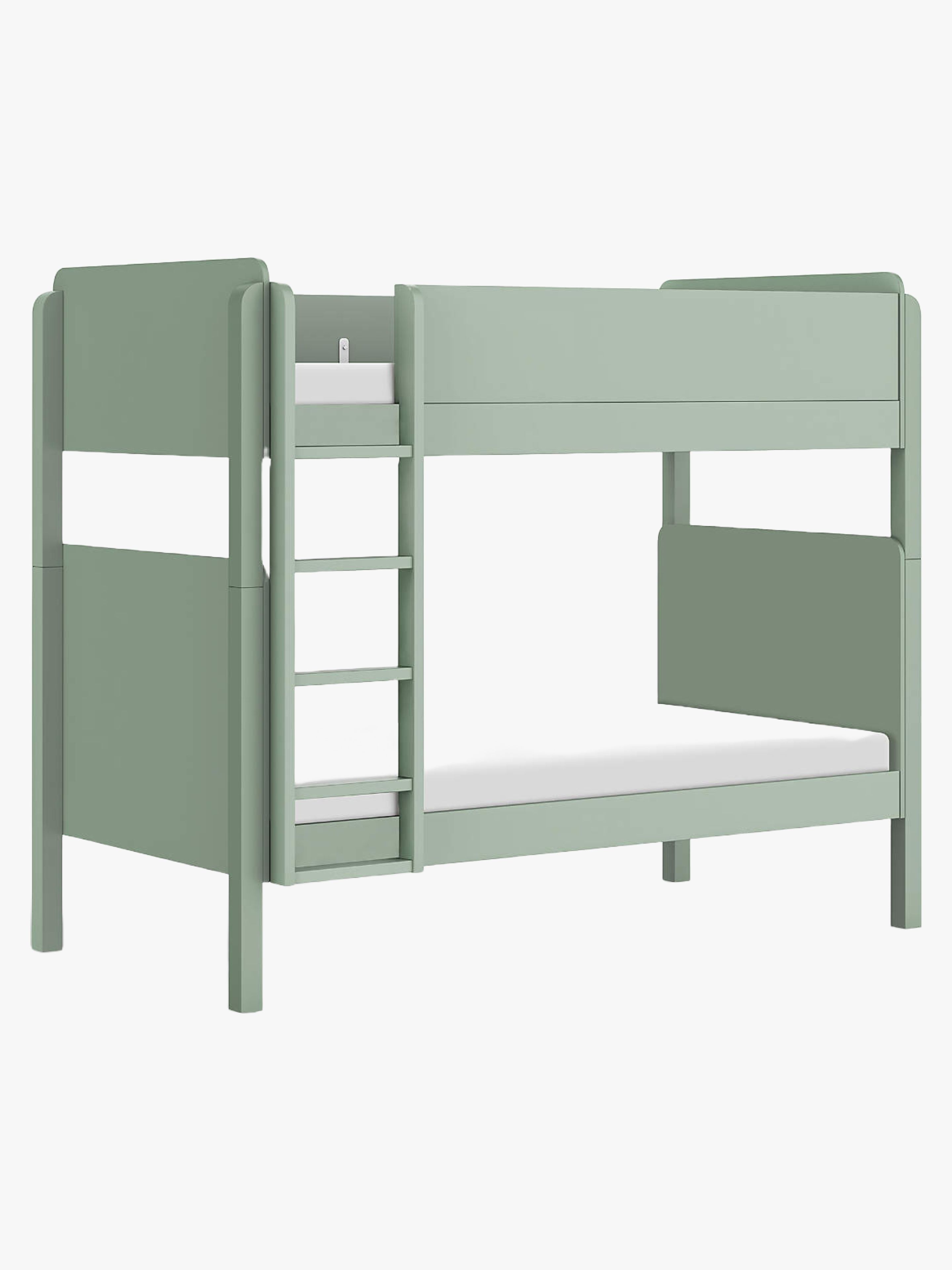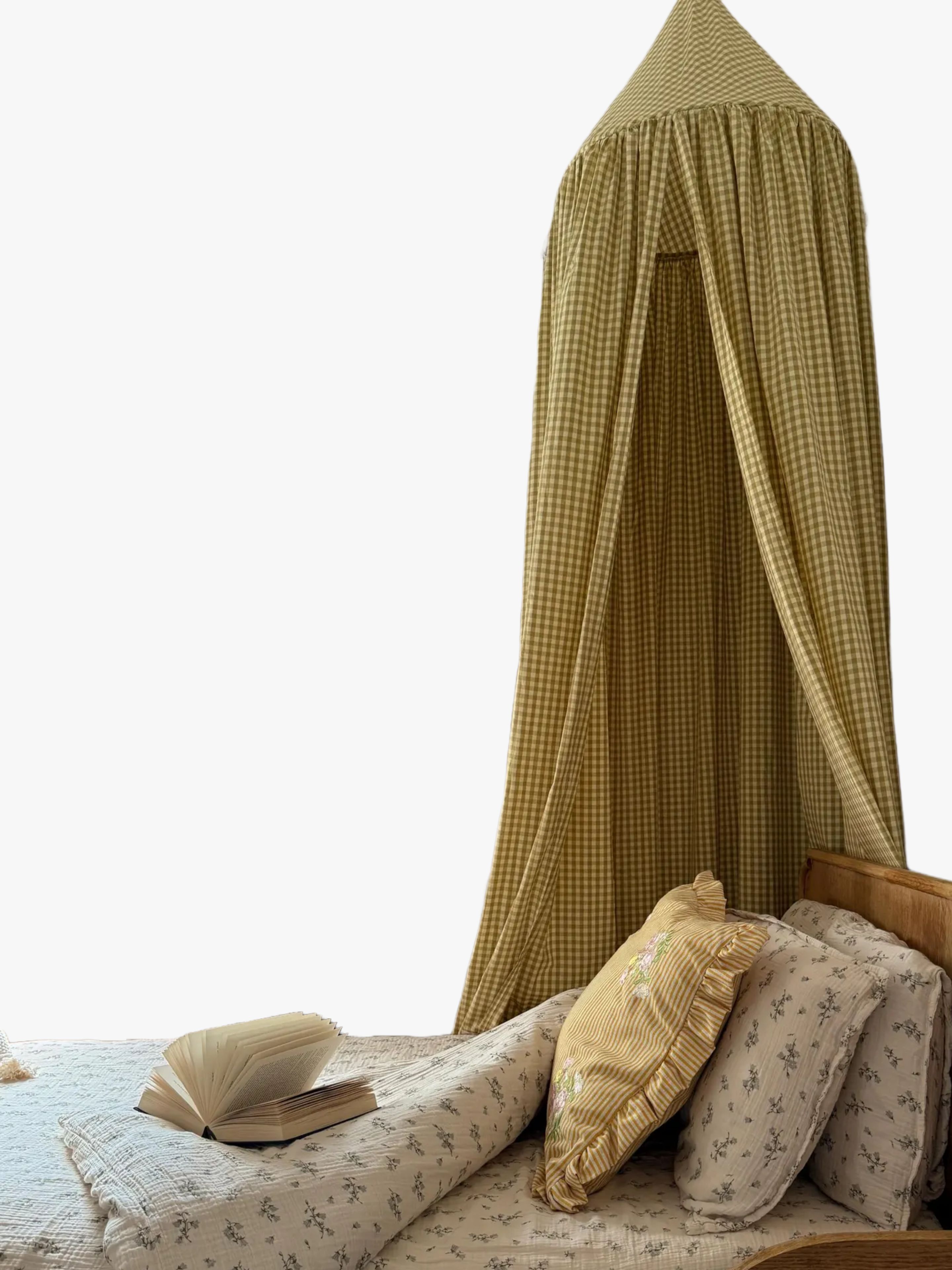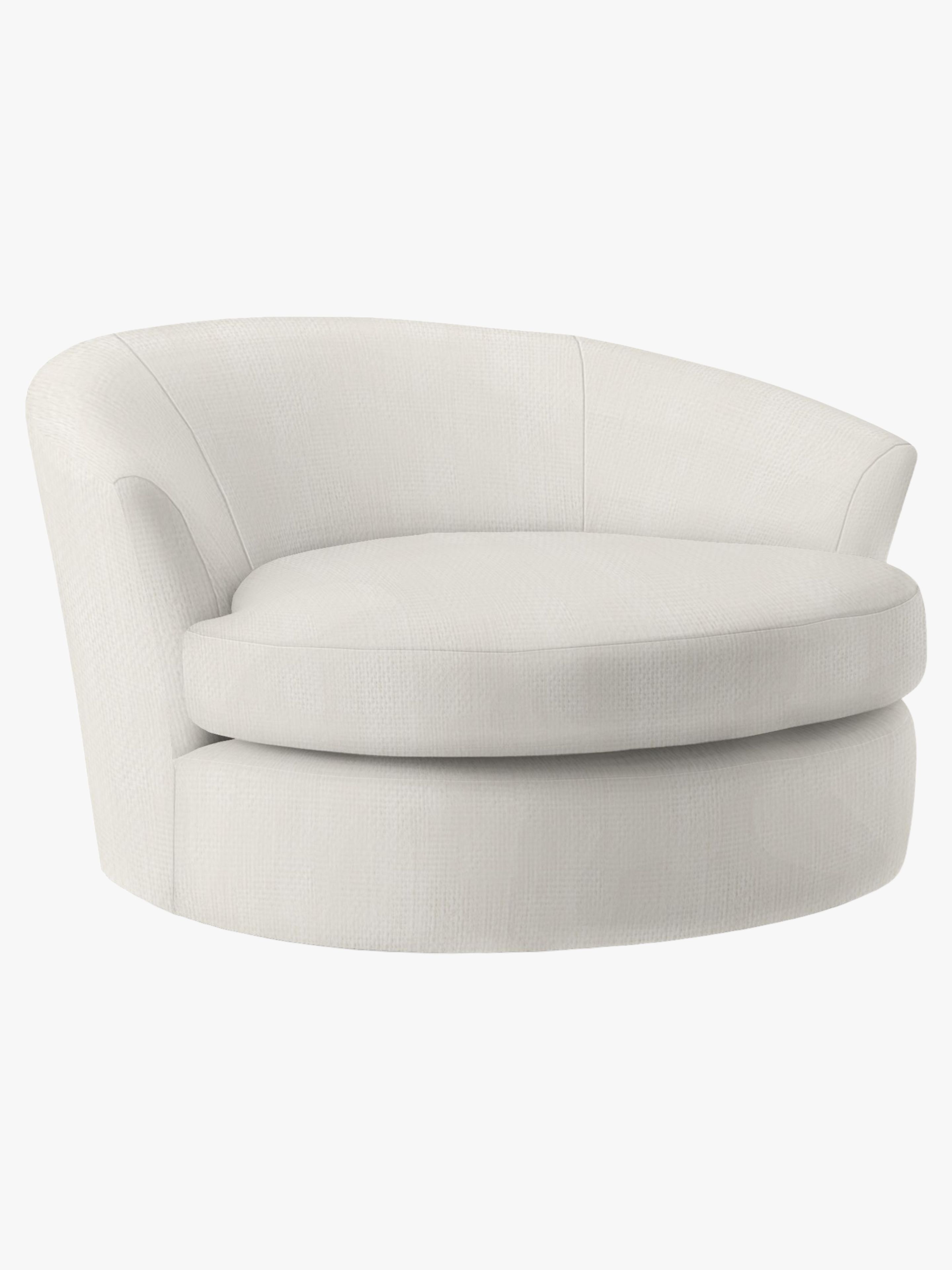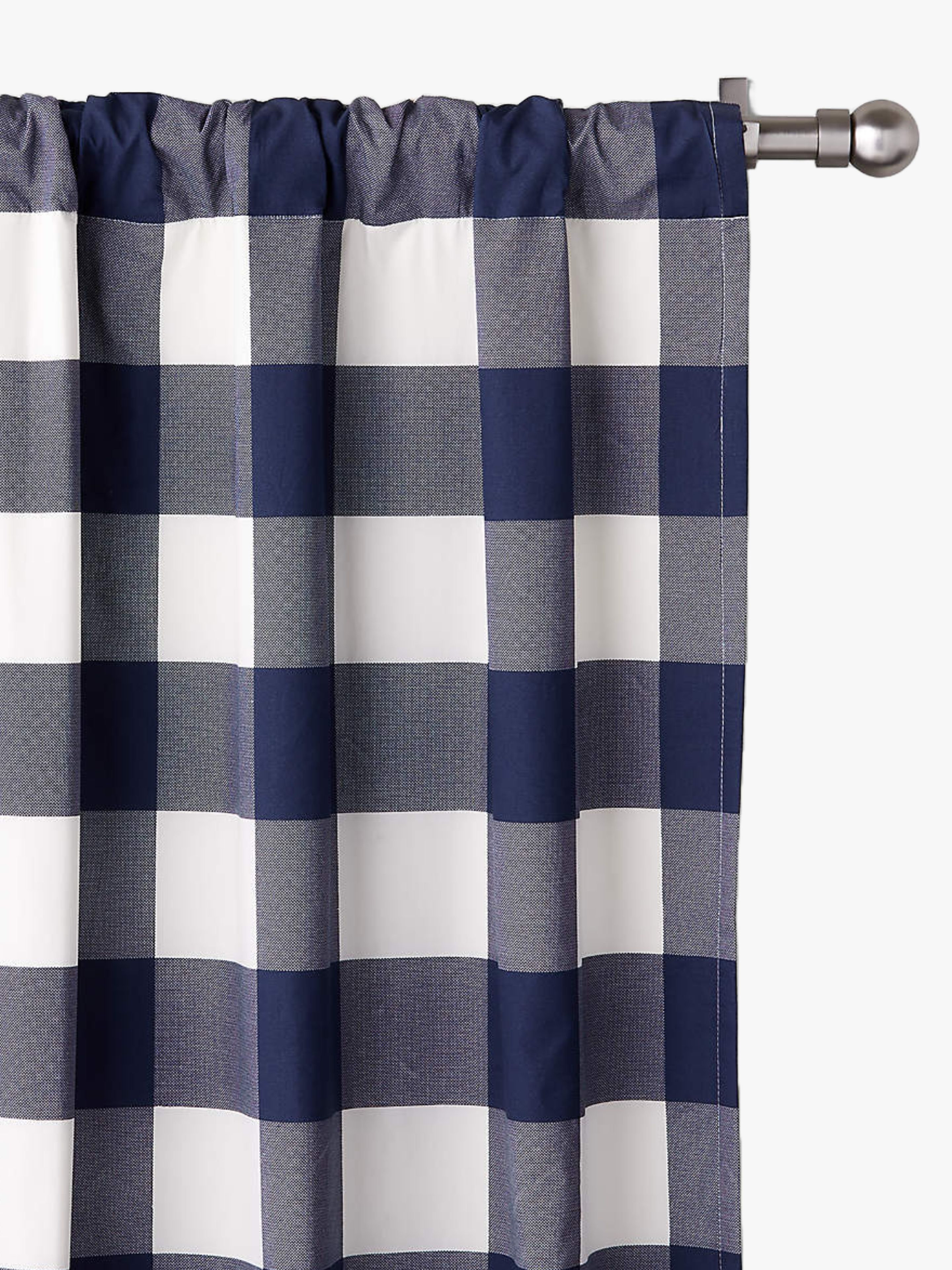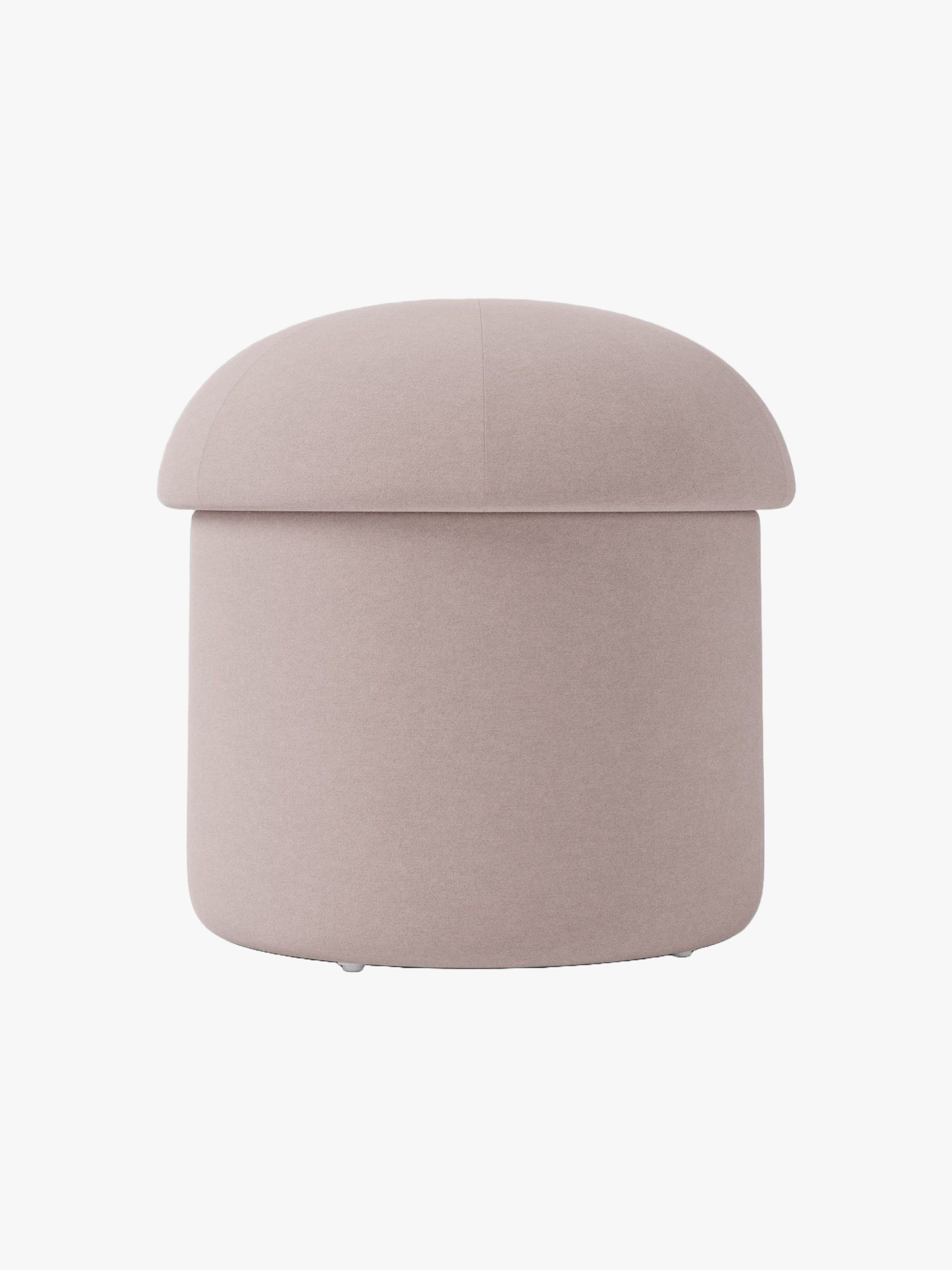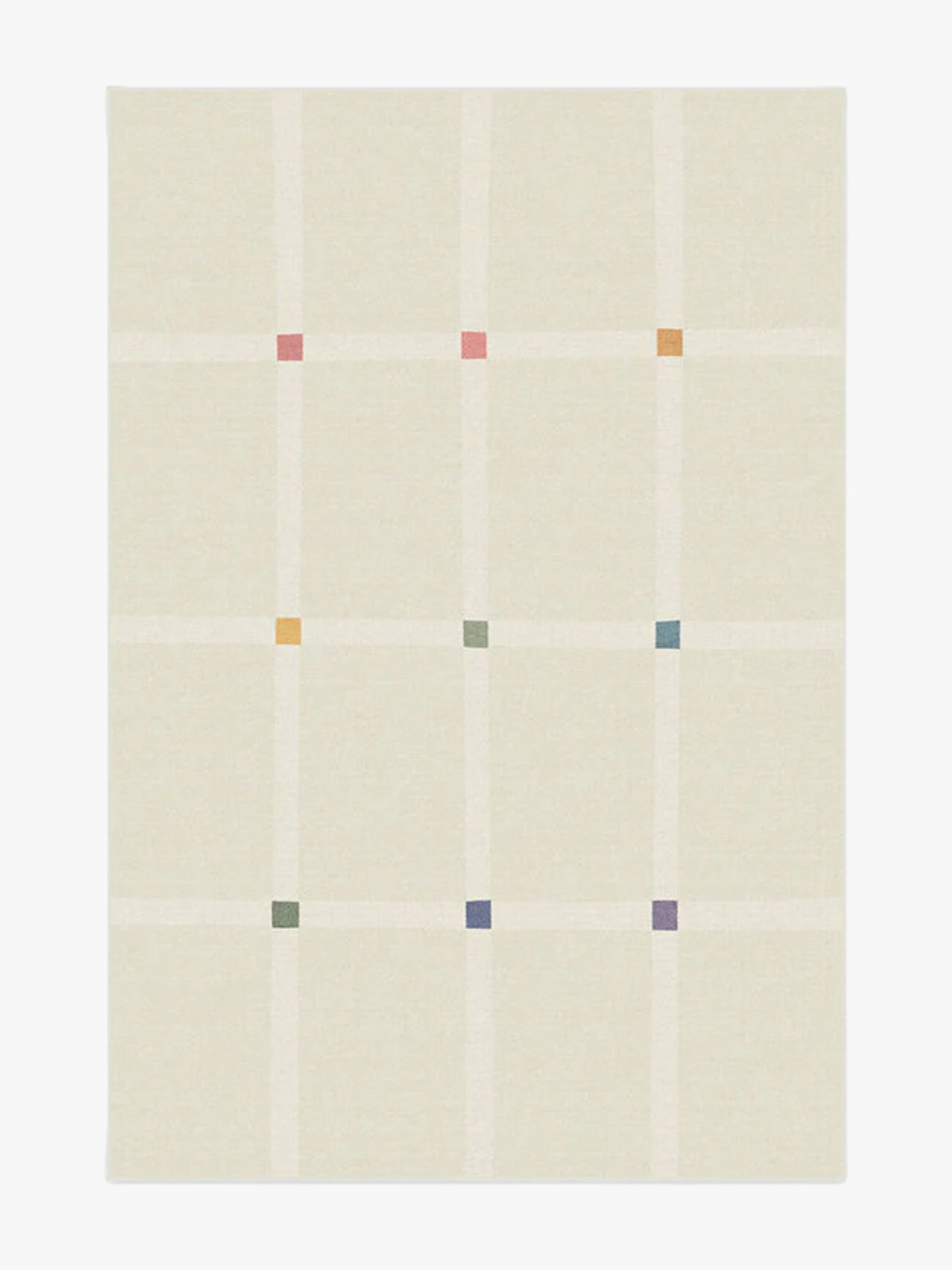All items showcased on Architectural Digest are chosen independently by the Architectural Digest editorial team. Nevertheless, if you purchase something via our shopping links, Condé Nast could receive an affiliate commission.
Even in the most aesthetically minded homes, children’s bedrooms are frequently where the least appealing items end up being stored. That is, until you discover how to decorate a child’s room. This approach will enable you to steer clear of bright-colored plastic, cartoon stickers, and piles of shiny-eyed stuffed animals, all neatly tucked away behind a closed door.
Of course, children’s spaces aren’t, and shouldn’t be, solely focused on what appeals to adults. In the best scenarios, a child’sbedroomis a versatile area that can adapt: It supports children as they develop. It evolves with changing requirements and hobbies. And it can serve as both a vibrant, child-oriented sanctuaryandA well-designed area that receives the endorsement of adult residents.
Here, we’ve asked three AD PRO DirectoryDesigners offer valuable perspectives on crafting children’s bedrooms that successfully navigate this challenging balance. A major point is that many of our preconceptions about designing kids’ spaces can be restrictive. Sometimes, a bit of creative thinking is all that’s needed to develop a room that everyone enjoys. You could even decide to leave the door open.
In this Article
- Work Together
- Look Beyond the Children’s Area
- Invite Interaction
- Make Every Inch Count
- Make It Function for Adults as Well
Work together
Worried about letting children make the design decisions? Don’t worry: Treat the design of a child’s room as a team effort, and you’re likely to create a space that feels great for everyone. As an interior designer saysHollie Velten-Lattrell of New Jersey studio SpacesAsking questions—regarding daily routines, treasured items, and how colors affect their emotions—is essential. Then, apply the insights you gain to shape your room’s design. Not everything has to be direct: A fascination with dinosaurs could lead to a natural color palette; a fan of cartoons might enjoy furniture with unconventional shapes.
If elements begin to feel out of place with the rest of your interior design, Velten-Lattrell suggests opting for awindow treatment stylethat is consistent with others in the house. Or, follow the approach of New York City designerShelbie Coxsuggests and mirrors the home’s overall color scheme. “Is it modern with touches of more vibrant colors? Be daring with color and choose furniture from modern brands,” she says. “If your home has a neutral color scheme, go for a more relaxed, subdued style and incorporate muted tones into the décor.”bedding, decor, and artwork.”
Look past the children’s area
“Individuals often overlook the fact that children are capable of enjoying good things,” says the designer.Arden Wray of New York’s Byrd Studio. “You can have lovely drapes,”antique furniture, special lighting, just as you would in any other room in the house.” Instead of filling a child’s room with themed decorations that are too restrictive, she suggests selecting unique, high-quality room decor that inspires creativity. Consider largerugsVibrant hues, reused wicker suitcases for storage, and flower-patterned metal lighting—design concepts that will captivate children from toddlerhood through their early teenage years.
Whimsy can also be introduced in very subtle manners: “Perhaps it’s the unexpected size of a light. It might involve mismatched pattern-on-pattern fabrics in a comfortable reading corner. It could even be something as straightforward as a scalloped edge on a piece of furniture that would typically have only straight lines. When everything has a touch of liveliness like this, items don’t need to be specifically ‘for children’ to look and work well in a kid’s room.”
Invite interaction
Children’s bedrooms are filled with chances to foster growth and self-exploration. According to Velten-Lattrell, a basic approach guides the room’s design: “A mirror, a reading corner, a clock, a storage space. This is our reliable method for designing kids’ rooms of any age,” she explains. Whether it’s for a two-year-old or a teenager, a reading nook with a child-friendly wall light encourages consistent engagement with books, while a mirror helps develop a positive self-image. In the meantime, ananalog clock on a nightstandintroduces a skill that lasts a lifetime, while a cubby-style shelf encourages self-assured expression. “A young child might arrange their Legos or animal toys, which could later develop into a ceramic or sneaker display,” says Velten-Lattrell. “Children should have the chance to curate and showcase their collections.”
Make every inch count
When discussing the creation of children’s bedroom concepts, Wray states, “evaluate every perspective. Children lie on the floor, climb objects, and investigate more than adults do, so consider incorporating visual appeal and depth on every surface.” This encompasses ceilings, she adds, which serve as a perfect medium for impactful designs.lighting, paint, or mural-like wallpaper.
To optimize space, Velten-Lattrell transforms a room’s idle corners into fun hideaways, enhanced with canopies and pillows. Another method to utilize every bit of available area? “Go upward,” she suggests. “Vertical space is extremely useful.” Especially for small-space bedroom design,bunk beds, lofted bed frames, and vertical bookshelves are game changers.
Make it suitable for adults as well
Of course, for families with young children, children’s rooms should be designed to serve adults just as effectively as they do for the kids. Cox suggests including a spaciouschairin a performance fabric; layered window coverings for simple control of light (try ablackout curtainover a Roman shade, for example); and, most importantly, “soft surfaces with sturdy fabrics so there’s no concern about all the movement.” Extra credit if the chair can later be moved to a living room or playroom, or if the furniture also serves as creative storage options.

